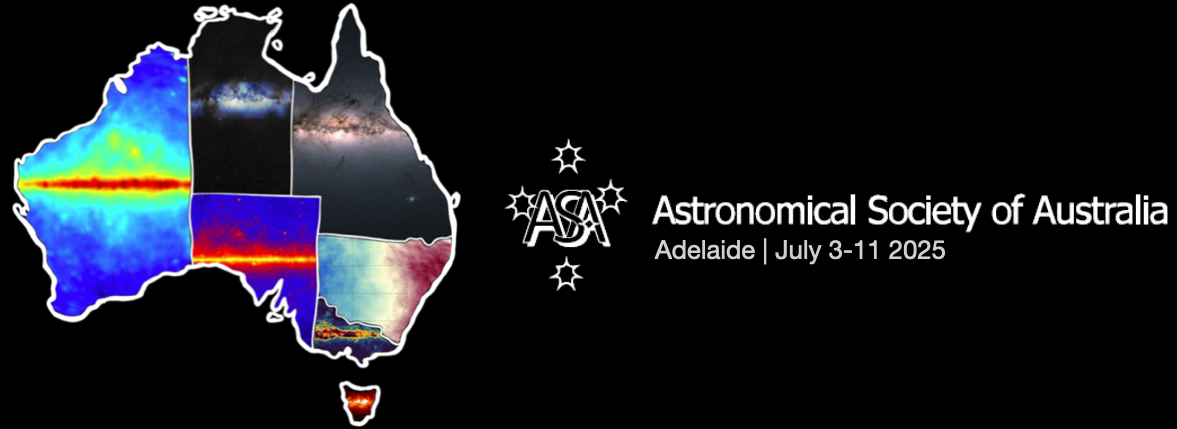Speaker
Description
Galaxy distances measured using standard methods like the Tully-Fisher relation and the Fundamental Plane have relative errors of 20-30%. Beyond a few tens of Mpc, this means that the errors in galaxy peculiar velocities are generally much larger than the peculiar velocities themselves. It is therefore highly desirable to find ways to reduce the uncertainties in such distance estimates. We have therefore investigated the use of machine learning together with measurements of a wide range of galaxy properties to obtain more precise distances. Applying a relatively simple neural network to early-type galaxies in the SDSS peculiar velocity catalogue, we are able to reduce the errors in Fundamental Plane distances by 30-40%. We identify the galaxy properties that are most important to achieving this improvement and suggest possible physical mechanisms leading to the reduced scatter. If this result is confirmed and can be extended to other datasets and other distance estimators, it will proportionally increase the precision and power of major new peculiar velocity surveys such as the 4MOST Hemisphere Survey and the WALLABY HI survey. In turn, this will lead to more precise estimates of the growth rate of large-scale structure and improved measurements of the Hubble constant in the local Universe.

